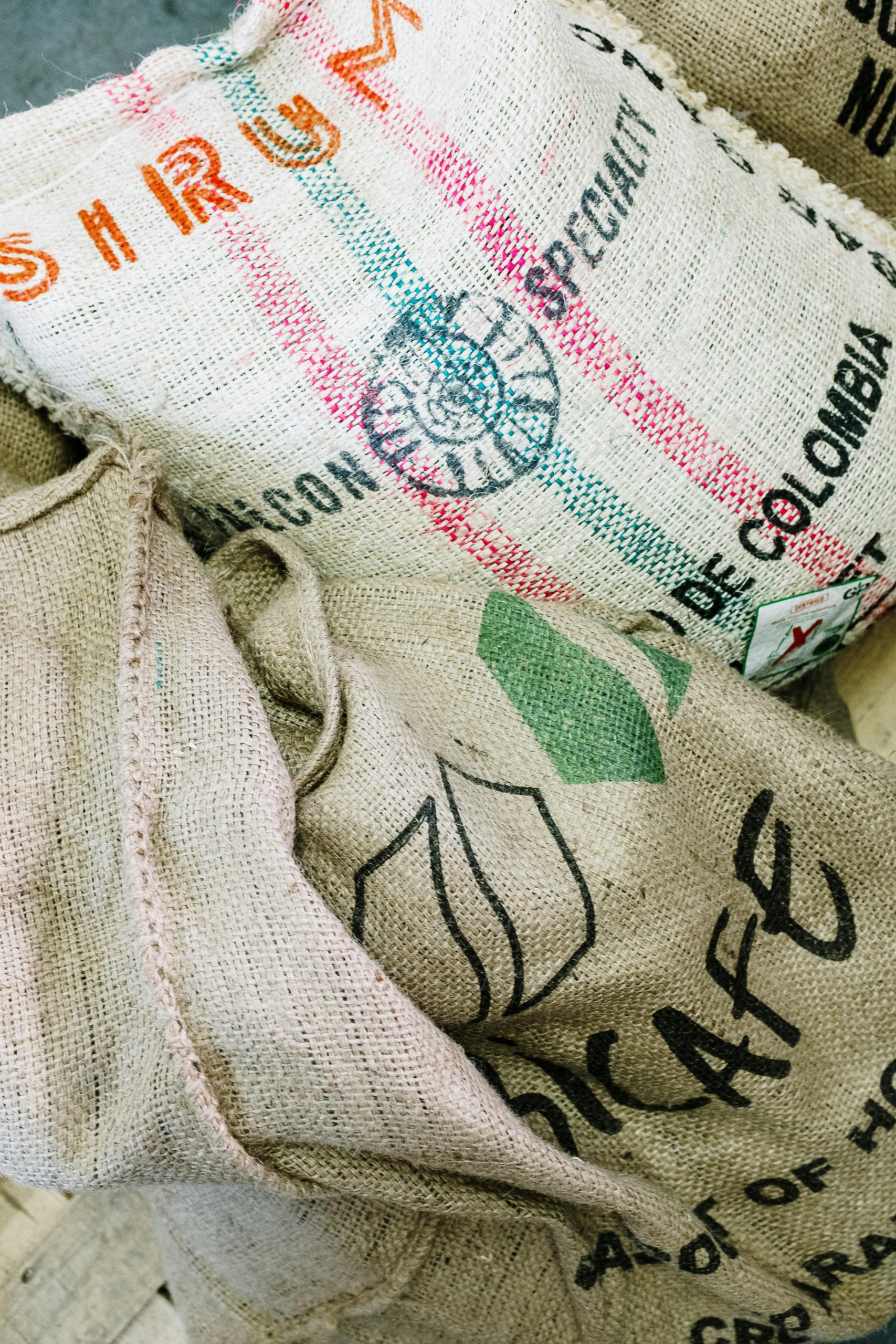As the world shifts toward sustainability, the agricultural sector is embracing eco-friendly packaging solutions to reduce environmental impact. Traditional packaging materials like plastic and Styrofoam contribute significantly to pollution and waste, prompting farmers, distributors, and consumers to seek greener alternatives. Sustainable packaging for agricultural products not only minimizes ecological harm but also enhances brand reputation and meets growing consumer demand for environmentally responsible choices. This article explores innovative, sustainable packaging solutions that benefit both the planet and the agricultural industry.
The Importance of Sustainable Packaging in Agriculture
The agricultural industry relies heavily on packaging to protect and transport fresh produce, grains, and other products. Conventional packaging, however, often ends up in landfills or oceans, taking centuries to decompose. Sustainable packaging addresses these challenges by using biodegradable, compostable, or recyclable materials. Beyond environmental benefits, eco-friendly packaging can:
- Reduce carbon footprint: Sustainable materials often require less energy to produce and decompose naturally.
- Meet regulatory standards: Governments worldwide are imposing stricter regulations on single-use plastics, making sustainable alternatives essential.
- Enhance marketability: Consumers increasingly prefer brands that prioritize sustainability, giving businesses a competitive edge.
Types of Sustainable Packaging for Agricultural Products
Several eco-friendly packaging options are available for agricultural products, each with unique advantages:
Biodegradable and Compostable Packaging
Made from plant-based materials like cornstarch, sugarcane bagasse, or mushroom mycelium, biodegradable packaging breaks down naturally without leaving harmful residues. Compostable packaging goes a step further, decomposing into nutrient-rich compost under the right conditions. These materials are ideal for fresh produce, reducing waste while supporting soil health.
Recycled and Recyclable Materials
Packaging made from recycled paper, cardboard, or post-consumer plastics helps reduce reliance on virgin materials. Recyclable packaging ensures that materials can be reprocessed into new products, closing the loop in the supply chain. For example, corrugated cardboard boxes are widely used for transporting fruits and vegetables and can be recycled multiple times.
Edible Packaging
An emerging trend, edible packaging is made from natural ingredients like seaweed, rice, or potato starch. This innovative solution eliminates waste entirely, as consumers can eat the packaging along with the product. While still in early stages, edible packaging shows promise for small-scale agricultural products like berries or nuts.
Benefits of Switching to Sustainable Packaging
Adopting eco-friendly packaging offers numerous advantages for farmers, distributors, and consumers alike:
- Environmental protection: Reduces plastic pollution, conserves resources, and lowers greenhouse gas emissions.
- Cost savings: Some sustainable materials, like recycled cardboard, can be more affordable in the long run due to lower disposal fees and potential tax incentives.
- Improved shelf life: Certain biodegradable materials, such as modified atmosphere packaging, can extend the freshness of perishable goods.
- Brand loyalty: Companies that prioritize sustainability often attract eco-conscious consumers, fostering long-term customer relationships.
Challenges and Considerations
While sustainable packaging offers many benefits, there are challenges to consider:
- Higher upfront costs: Some eco-friendly materials may be more expensive initially, though prices are decreasing as demand grows.
- Limited availability: Not all regions have access to advanced sustainable packaging options, requiring logistical adjustments.
- Consumer education: Buyers may need guidance on properly disposing of compostable or recyclable packaging to maximize environmental benefits.
Despite these hurdles, the long-term advantages of sustainable packaging far outweigh the challenges, making it a worthwhile investment for the agricultural sector.
Conclusion
Sustainable packaging for agricultural products is no longer a niche trend but a necessity in today’s eco-conscious market. From biodegradable materials to edible wrappers, innovative solutions are transforming how we package and transport food. By adopting these eco-friendly alternatives, the agricultural industry can reduce its environmental footprint, comply with regulations, and meet consumer expectations. While challenges exist, the benefits of sustainable packaging—ranging from cost savings to enhanced brand reputation—make it a smart choice for a greener future. Embracing these solutions today ensures a healthier planet for generations to come.
